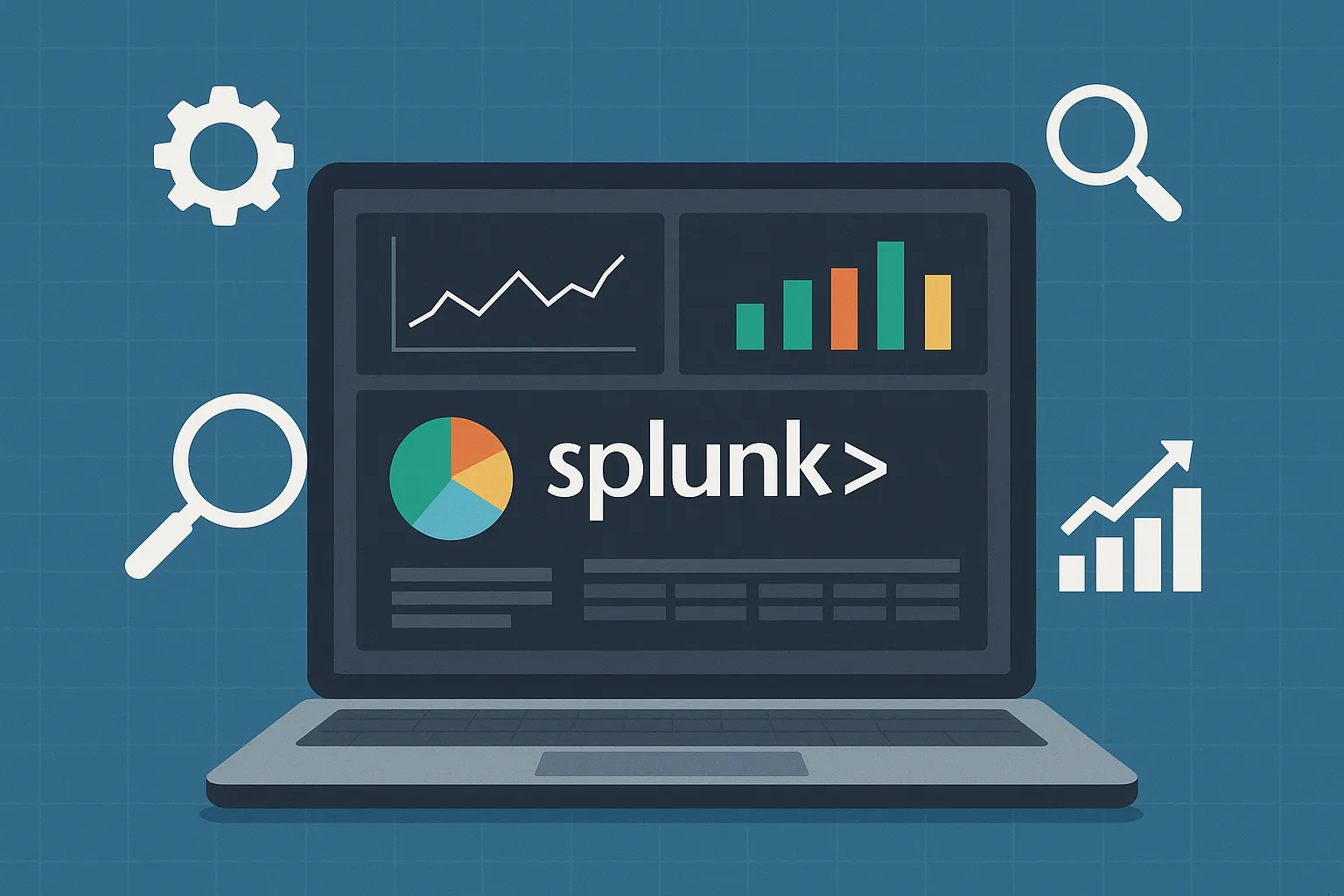In the ever-evolving world of IT, data plays a pivotal role in helping organizations make informed decisions, ensure security, and maintain operational efficiency. One of the most powerful tools for extracting value from data is Splunk. If you’re new to the tech field or simply curious, this beginner-friendly guide will help you understand what Splunk is, how it works, and why it matters.
What Is Splunk?
Splunk is a software platform designed to search, monitor, and analyze machine-generated data via a web-style interface. It transforms raw data from various sources into readable, actionable insights through visualizations like charts, dashboards, and alerts.
Organizations use Splunk for a wide range of purposes, including:
- IT operations monitoring
- Security and threat detection
- Application performance management
- Business and web analytics
How Does Splunk Work?
At its core, Splunk collects and indexes machine data generated by applications, servers, network devices, sensors, and more. This data, often referred to as log data, is then searchable and ready for analysis.
Here are the main components of Splunk:
- Forwarder: Installed on source machines to send data to the Splunk indexer.
- Indexer: Processes incoming data, stores it, and enables fast searching.
- Search Head: Provides the user interface to perform searches, create visualizations, and generate reports.
Splunk also supports real-time data processing, making it invaluable for immediate incident detection and response.
Common Use Cases of Splunk
Splunk’s versatility allows it to be used across different industries and technical roles:
- IT Operations: Monitor infrastructure uptime, server performance, and detect outages.
- Cybersecurity: Detect anomalies, track user behavior, and investigate security breaches.
- DevOps: Gain insights into CI/CD pipelines and optimize application deployments.
- Compliance: Generate audit trails and meet regulatory requirements.
Benefits of Using Splunk
- Real-Time Monitoring: See events as they happen, allowing faster responses to issues.
- Scalability: Handles data from small to enterprise-level environments.
- Custom Dashboards: Create visual representations of critical data.
- Search and Correlation: Perform deep searches across diverse datasets.
- Automation and Alerts: Set up alerts for specific thresholds or patterns.
Who Should Learn Splunk?
Splunk is beneficial for:
- System and network administrators
- Security analysts and SOC teams
- DevOps and site reliability engineers (SREs)
- Data analysts and business intelligence professionals
If you’re pursuing a career in IT or cybersecurity, learning Splunk is a valuable skill that can enhance your ability to work with data and solve complex problems.
Getting Started with Splunk
To start using Splunk:
- Install Splunk on a local machine or server.
- Set up data sources using a forwarder.
- Use the search head to query data and build dashboards.
- Experiment with different visualizations and alerts.
Many users begin by using Splunk’s free version to practice core functionalities before moving to enterprise or cloud editions.
Conclusion
Splunk is a powerful platform that helps IT professionals turn chaotic machine data into actionable intelligence. Whether you’re troubleshooting a network issue, analyzing security logs, or generating business reports, Splunk offers the tools you need to do it effectively.
For anyone starting in the field, understanding how to use Splunk can open doors to numerous career opportunities in tech. With this foundational knowledge, you’re well on your way to mastering Splunk.
Summary
- Splunk is a data analysis and monitoring tool.
- It processes machine-generated data from various sources.
- Key components: Forwarder, Indexer, Search Head.
- Used in IT, cybersecurity, DevOps, and compliance.
- Ideal for beginners in tech and IT roles.
Start exploring Splunk today and discover how powerful data insights can be!


